Eight children born with a rare immunodeficiency virus commonly known as "bubble boy disease"—that's severe combined immunodeficiency syndrome (SCID)—have been cured, thanks to lentiviral gene therapy, which was made from HIV, the virus that causes AIDS.
Researchers at St. Jude Children's Research Hospital in Memphis, Tennessee, published their findings in the New England Journal of Medicine Thursday.
The researchers managed to alter the virus so it wouldn't infect the children, instead the genes they lacked:
"Eight infants with SCID-X1 were followed for a median of 16.4 months. Bone marrow harvest, busulfan conditioning, and cell infusion had no unexpected side effects."
"In seven infants, the numbers of CD3+, CD4+, and naive CD4+ T cells and NK cells normalized by 3 to 4 months after infusion and were accompanied by vector marking in T cells, B cells, NK cells, myeloid cells, and bone marrow progenitors."
"The eighth infant had an insufficient T-cell count initially, but T cells developed in this infant after a boost of gene-corrected cells without busulfan conditioning. Previous infections cleared in all infants, and all continued to grow normally."
"IgM levels normalized in seven of the eight infants, of whom four discontinued intravenous immune globulin supplementation; three of these four infants had a response to vaccines. Vector insertion-site analysis was performed in seven infants and showed polyclonal patterns without clonal dominance in all seven."
Speaking to NBC News, Dr. Ewelina Mamcarz, one of the study leaders, said:
"The children are cured. They came to us as little infants, some of them as young as 2 months, with severe infections. Now they are home, living normal lives, attending daycare."
New Form Of Gene Therapy Could Be A Cure For 'Bubble Boy' Disease | NBC Nightly Newswww.youtube.com
SCID is caused by a genetic flaw that prevents bone marrow from making effective versions of blood cells that comprise the immune system. The disease affects 1 in 200,000 newborns, the overwhelming majority of them males.
Kristin Simpson, the mother of Omarion Jordan, notes that her son, the tenth child to be involved in the study, had the therapy in December, and now has a healthy immune system:
"For a long time we didn't know what was wrong with him. He just kept getting these infections," she said, calling his initial diagnosis "heartbreaking."
But now?
"[He's] like a normal, healthy baby."
This treatment was pioneered by by Dr. Brian Sorrentino, who worked at St. Jude until his recent passing.
The research is ongoing and while the children won't require monthly injections, it will take a while to determine if the treatment is a permanent remedy for SCID. Nevertheless, Dr. Mamcarz described the treatment as the late Dr. Sorrentino's "life's work."
The treatment has been hailed as a major breakthrough.
SCID became known as "bubble boy disease" once the case of David Vetter, a young boy with SCID who lived his entire life in a protective sterile chamber to isolate him from germs, entered the public consciousness.
How far we've come.

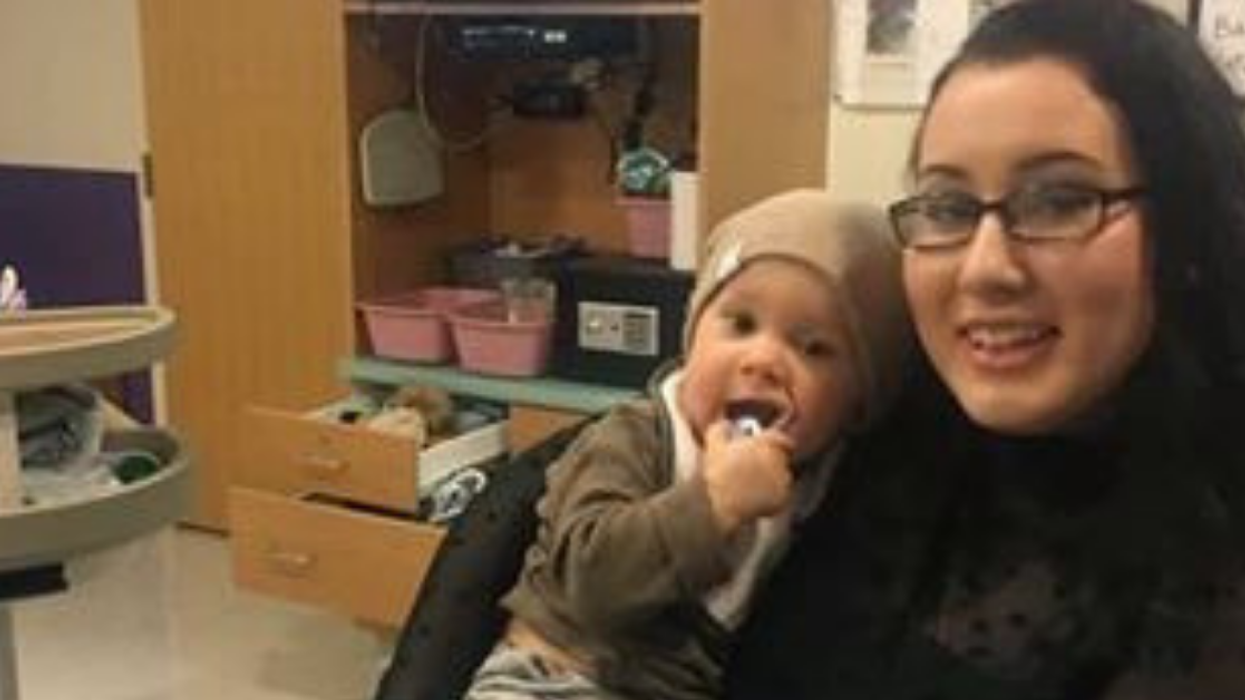

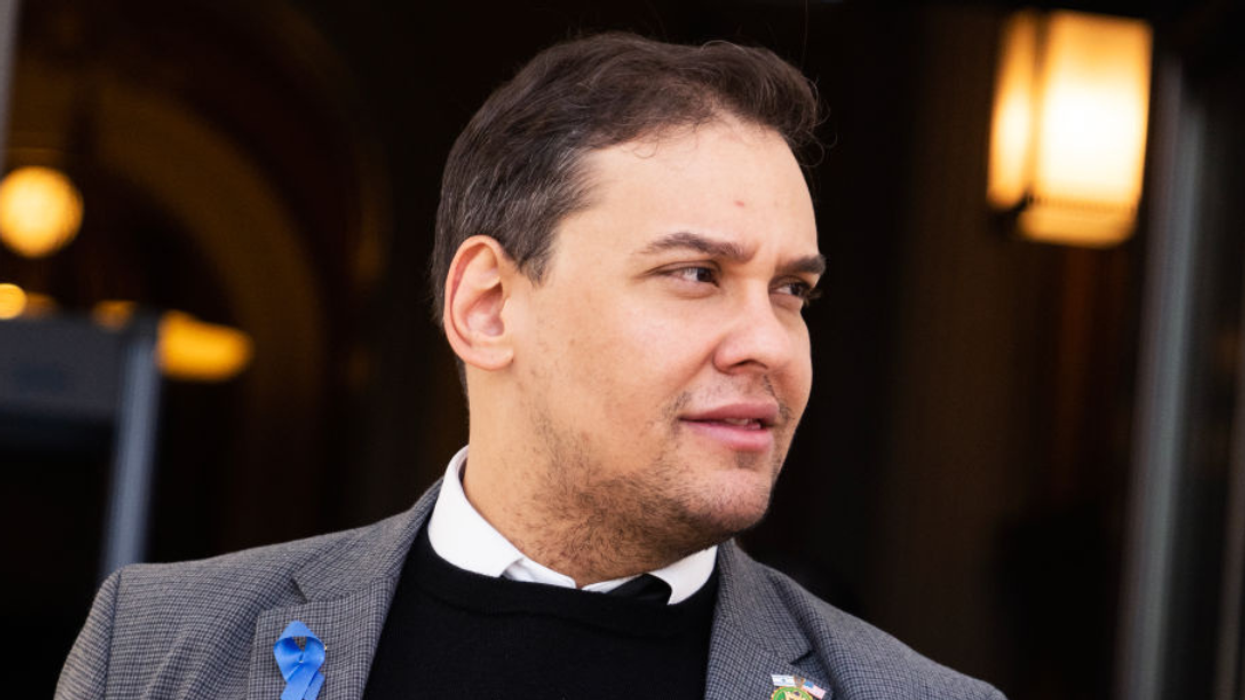

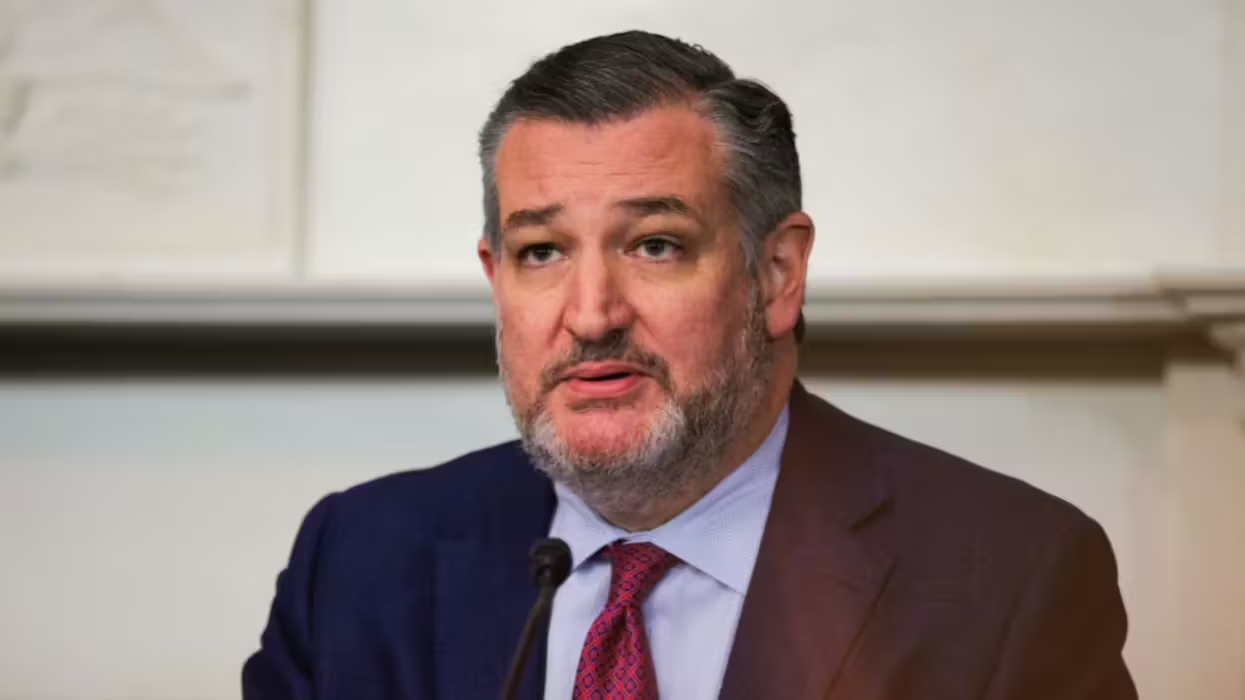


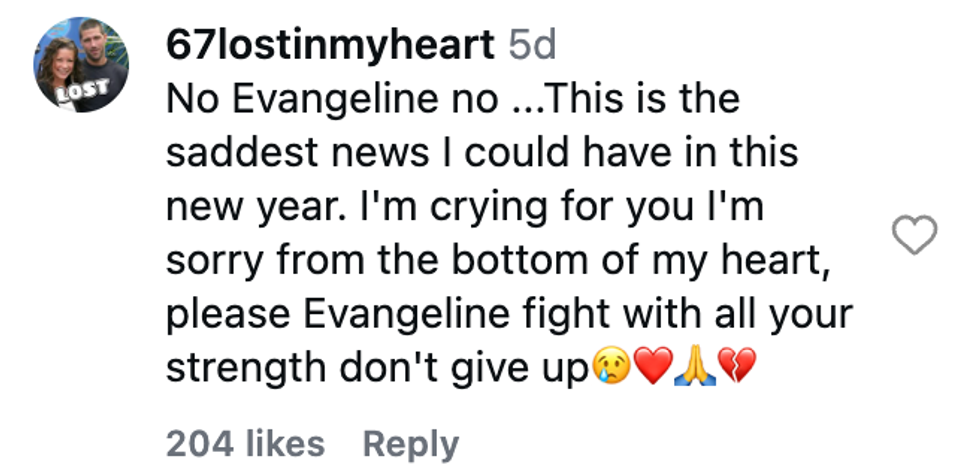 @67lostinmyheart/Instagram
@67lostinmyheart/Instagram @milano_alyssa/Instagram
@milano_alyssa/Instagram @redpandaman1392/Instagram
@redpandaman1392/Instagram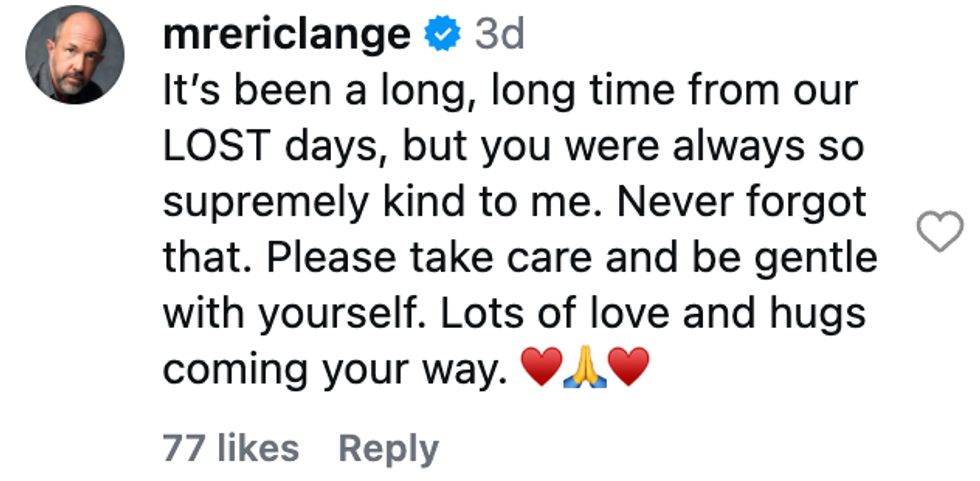 @mrericlange/Instagram
@mrericlange/Instagram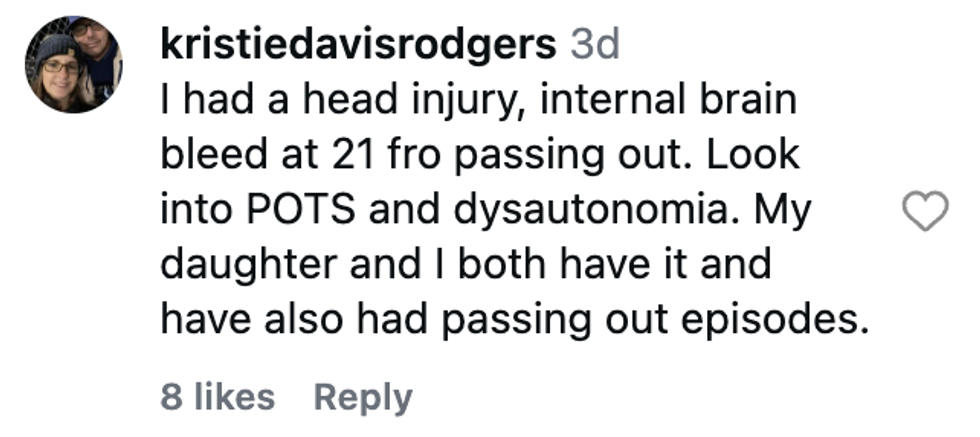 @kristiedavisrodgers/Instagram
@kristiedavisrodgers/Instagram @tommydidario/Instagram
@tommydidario/Instagram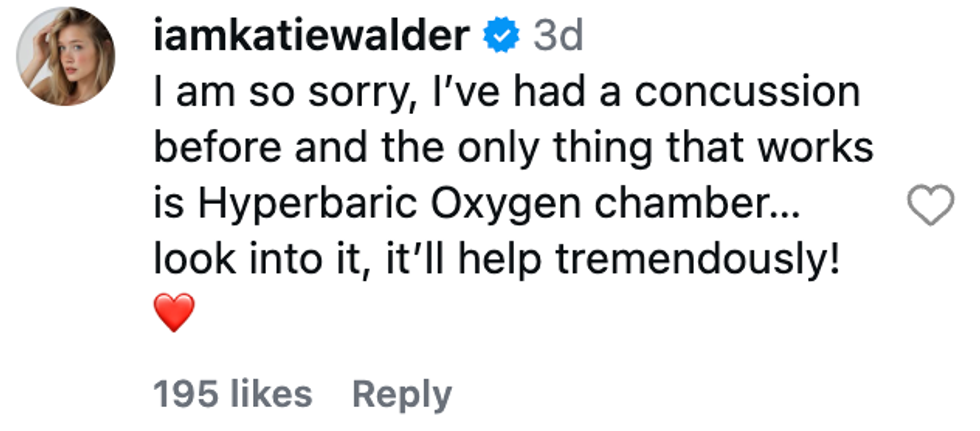 @iamkatiewalder/Instagram
@iamkatiewalder/Instagram @kathleenkinmont/Instagram
@kathleenkinmont/Instagram @coveredgeekly/Instagram
@coveredgeekly/Instagram @jnightx/Instagram
@jnightx/Instagram @anna.silk/Instagram
@anna.silk/Instagram @boba_ferd/Instagram
@boba_ferd/Instagram

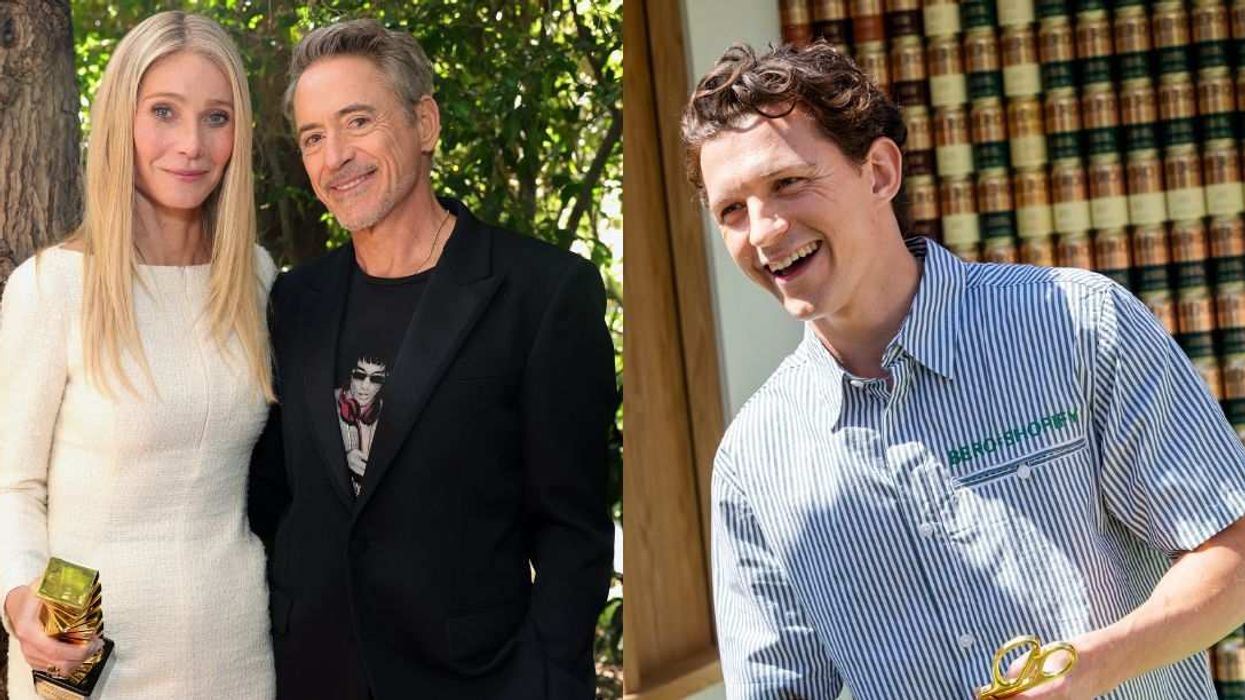



 @chloeiscrazy/Instagram
@chloeiscrazy/Instagram @chloeiscrazy/Instagram
@chloeiscrazy/Instagram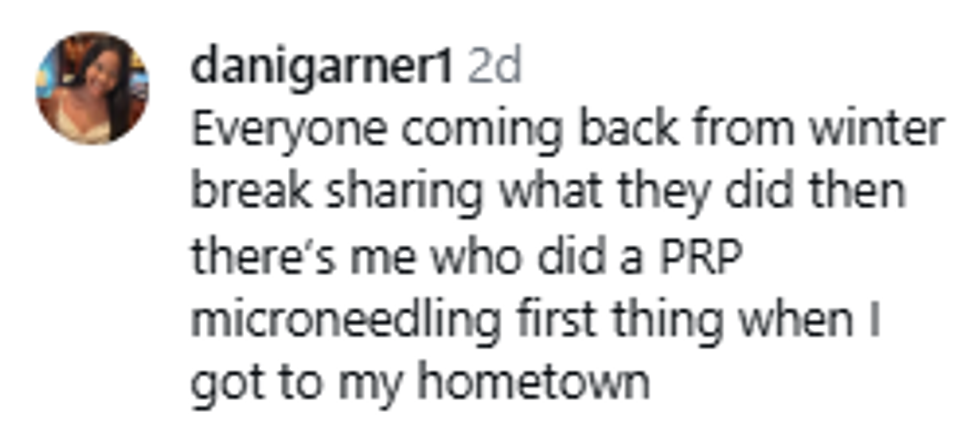 @chloeiscrazy/Instagram
@chloeiscrazy/Instagram @chloeiscrazy/Instagram
@chloeiscrazy/Instagram @chloeiscrazy/Instagram
@chloeiscrazy/Instagram @chloeiscrazy/Instagram
@chloeiscrazy/Instagram @chloeiscrazy/Instagram
@chloeiscrazy/Instagram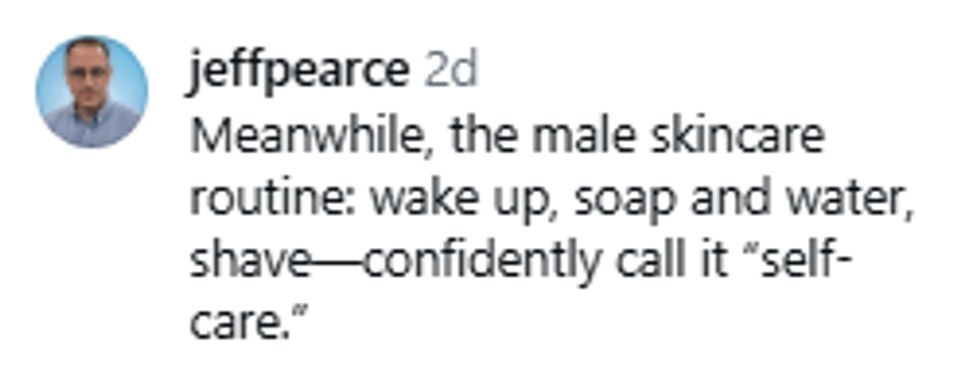 @chloeiscrazy/Instagram
@chloeiscrazy/Instagram @chloeiscrazy/Instagram
@chloeiscrazy/Instagram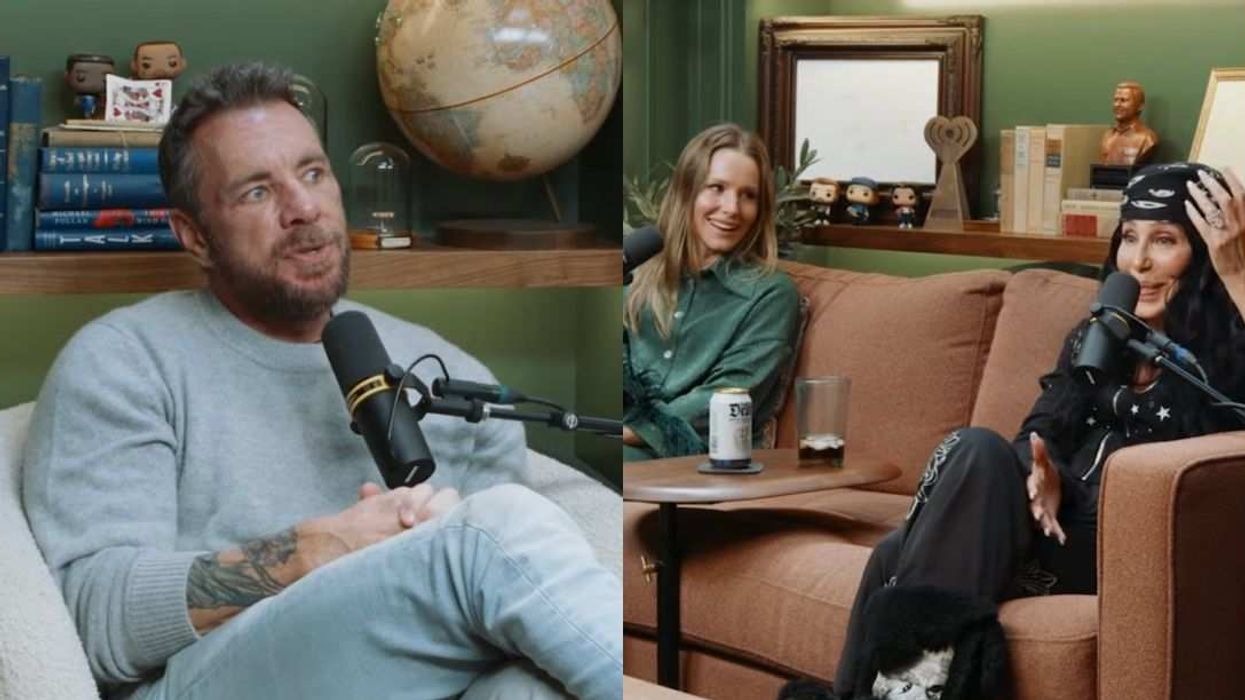
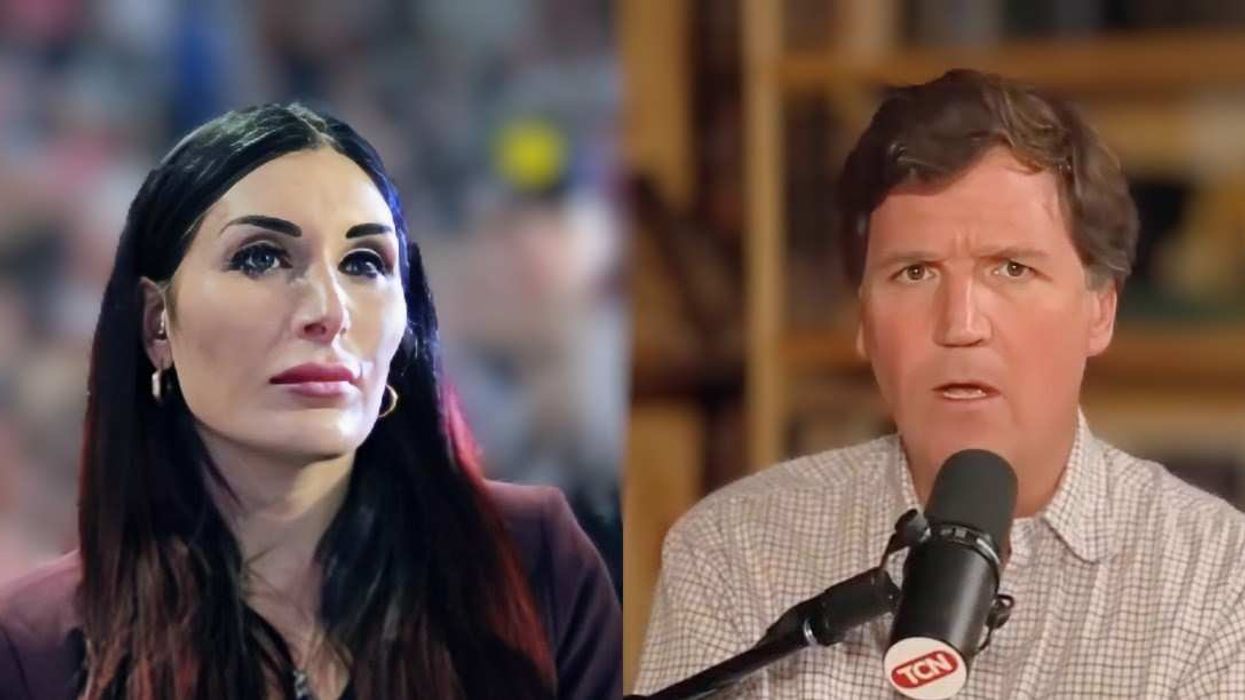
 @xray_media/X
@xray_media/X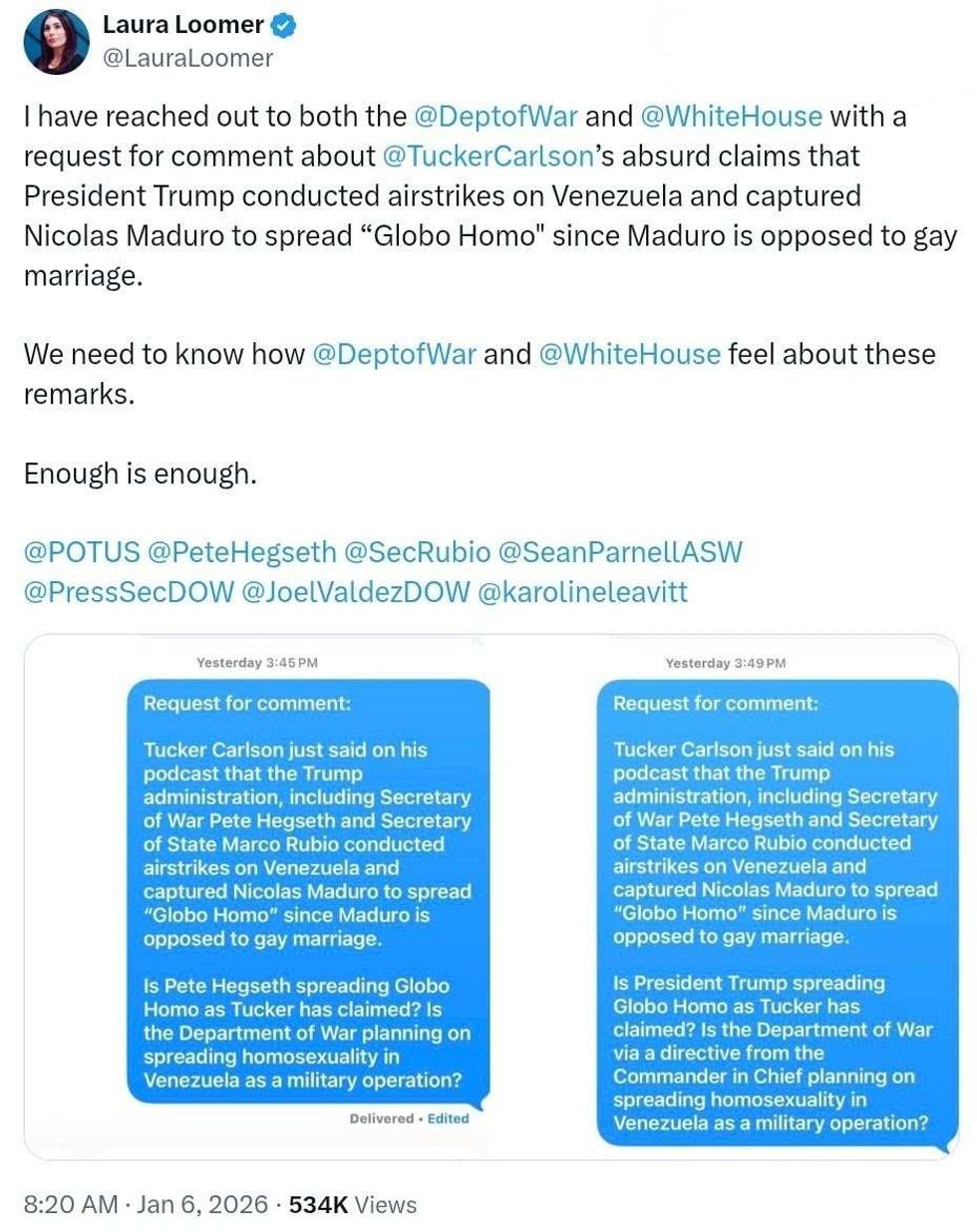 @LauraLoomer/X
@LauraLoomer/X reply to @LauraLoomer/X
reply to @LauraLoomer/X reply to @LauraLoomer/X
reply to @LauraLoomer/X
 @DHSgov/X
@DHSgov/X